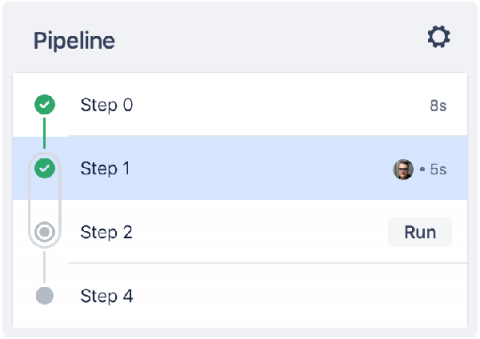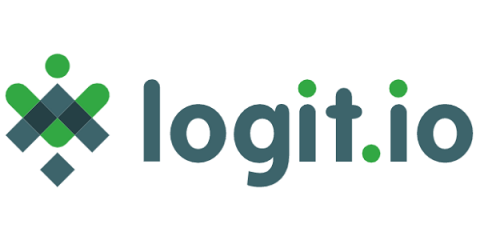Code Coverage Analysis Using Codecov and Codefresh
Codecov is a code analysis tool with which users can group, merge, archive, and compare coverage reports. Code coverage describes which lines of code were executed by the test suite and which ones were not. However, this is not to be confused with a testing tool. Codecov does not run your tests, that is the job of your testing tools. The analysis that Codecov provides will classify code in either of the following states: Additionally, In this tutorial, we will.











